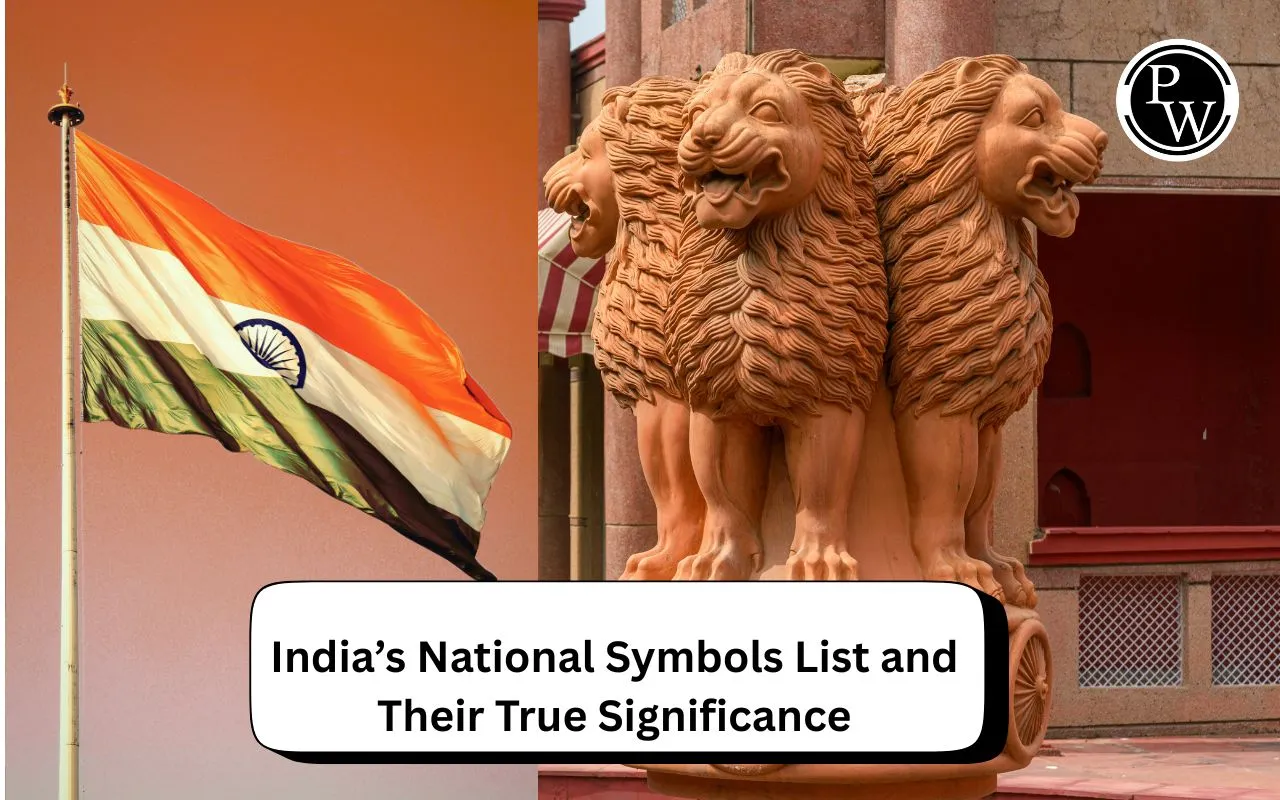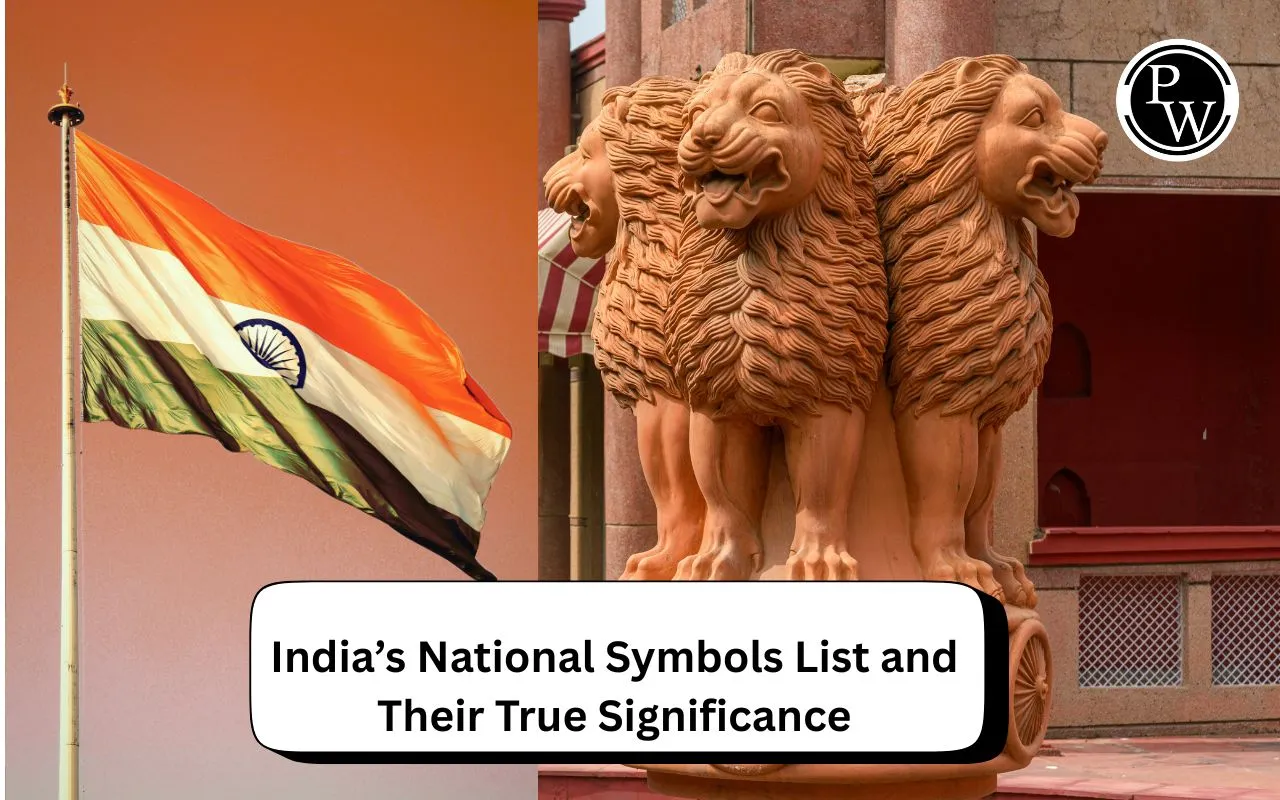

India is a land rich in culture, history, and heritage. Every symbol, from the national flag to the national animal, represents the country’s unity, diversity, and values. Let’s explore the key national symbols of India and their significance. These symbols are not just emblems; they carry deep cultural, spiritual, and historical meanings. They reflect the resilience, pride, and traditions of the nation.
1. National Flag of India
India’s tricolor flag, designed by Pingali Venkayya, was adopted on 2nd July 1947. It has three horizontal stripes:
-
Saffron (top) – symbolizes courage and sacrifice.
-
White (middle) – represents peace and truth.
-
Green (bottom) – stands for prosperity and fertility.
The Ashoka Chakra in the center signifies continuous progress and consistency, reminding us that nothing in life stands still and everything moves forward. The flag represents India’s unity, diversity, and national pride.
2. National Flower – Lotus
The lotus symbolizes purity, beauty, and enlightenment. It grows above the challenges, just like the lotus blooms above muddy waters. It also represents rising above difficulties, a reflection of resilience and hope.
3. National Emblem – Ashoka Pillar
India’s national emblem is derived from the Ashoka Pillar at Sarnath. The four lions symbolize strength, courage, confidence, and pride. The inscription “Satyameva Jayate” from the Mundaka Upanishad means “Truth Alone Triumphs”. The emblem reflects India’s cultural heritage and historical legacy.
4. National Currency – Indian Rupee
The Indian Rupee, regulated by the Reserve Bank of India, represents the country’s economic strength and heritage. Designed by Uday Kumar Dharmalingam, it is a symbol of India’s trade and financial system.
5. National Calendar – Saka Calendar
The Saka Calendar, adopted in 1957, is India’s national calendar. It starts from 78 AD and aligns with the historical reign of King Kanishka of the Kushan Empire. The calendar blends India’s cultural history with modern timekeeping.
6. National Fruit – Mango
The mango is India’s national fruit, symbolizing summer, prosperity, and cultural heritage. It is widely loved across the country and represents the diversity of India’s climate and agricultural richness.
7. National Animal – Royal Bengal Tiger
Initially chosen as the lion, India’s national animal was changed to the Royal Bengal Tiger in 1973 to emphasize conservation. The tiger represents strength, grace, and the nation’s commitment to protecting endangered species.
8. National Bird – Peacock
The peacock, adopted in 1963, reflects India’s vibrant culture, beauty, and pride. Its majestic display symbolizes positivity and cultural heritage.
9. National Tree – Banyan
The banyan tree is a symbol of immortality, longevity, and spiritual significance in Hinduism. Its large canopy provides shelter and is central to village gatherings, reflecting India’s community life.
10. National Vegetable – Pumpkin
The pumpkin was chosen for its wide cultivation, adaptability to India’s soil and climate, and its role in the Indian diet. It represents versatility and sustenance.
11. National Heritage Animal – Elephant
The elephant is recognized as India’s national heritage animal. Known for strength and social behavior, elephants have been an integral part of Indian culture and wildlife conservation efforts.
12. National Aquatic Animal – Ganges River Dolphin
The Ganges River Dolphin, found in the Ganges, is an endangered species and serves as India’s national aquatic animal. It highlights the importance of protecting India’s rivers and aquatic life.
13. National Reptile – King Cobra
The King Cobra is India’s national reptile, representing the diversity of Indian wildlife. It emphasizes the need for awareness and conservation of reptiles.
14. National Song – Vande Mataram
Composed by Bankim Chandra Chattopadhyay in 1882, Vande Mataram celebrates patriotism and devotion to the motherland.
15. National Anthem – Jana Gana Mana
Composed by Rabindranath Tagore in 1911 and adopted in 1950, Jana Gana Mana reflects India’s geography, unity, and diversity, honoring the country’s spirit and pride.
